Do your young designers lead or follow?
Are your young designers stumbling but don’t even know it? Unfortunately you do see it and it’s probably both their attitude (quiet quitting - assuming that they don’t need to work any harder) and their very specific shall we say ‘not-skill set’ (= not having a breadth of experience) . Do they think they can lead or are they receptive to constructive advice and suggestions? Do you sometimes think you need a lifeline? I can help you.
Given the recent layoffs within the technology industry, there are ‘effects’ which trickle down into the marketing and branding arena. Hybrid models of working in or out of the office, although becoming a norm, reminds us of the importance of ‘how to work together’ and how to be the most productive.
Today’s junior design team members are a new group of hard working professionals but, what is still being reported is the observation that they are into doing only what is necessary to complete the task.
A design project of any kind has a defined framework which could include; time constraints, hiring and dealing with sub-contractors, sifting through efficiently which concept to pursue and which to table, research data to be compiled and analyzed, etc. whilst also including the basic knowledge of design principles, working within specific device and platform layouts, etc.
If the studio manager’s expectations and potentially the client’s work is not being met …. maybe pairing an experienced mentor with a junior team or team member, would be very cost effective.
By knowing when to tighten or loosen the leash on that new young designer, it can take an experienced mentor to understand their situation and help those ‘newbies’ establish creative boundaries as well as freedoms.
A good mentor - won’t spoon-feed a young designer, but know how to give them sufficient information for them to figure out the solution.
A good mentor - will teach the young designer how to set which goals first and which are able to be considered necessary but placed on the back burner, therefore really learning how to master the process of the task.
A good mentor - can guide you through and help you get clarification. Ideation is a necessary step, but can also be confusing. Knowing when to focus, when to develop and when to not pursue, is what an experienced designer can impart.
A good mentor - waits then points to which tool should be used (so that they can learn and move forward for themselves), showing the new designer what shortcuts can get you to flush out a design prototype or particular strategy … quicker.
A good mentor - looks at your sketches (digitally/paper), looks at your research and looks through your design comps - to quickly discern what is the best course of action at your skill level to solve the client’s task, so that you can still provide a top quality product, on time.
As a design mentor - I can break down complex design concepts and processes into simpler, more digestible forms.
Users are changing, design standards are changing, businesses are changing, therefore seeking out an experienced individual to sort through all these changes, makes for an efficient use of time and a learned experience. It can take a few years of experience to get it right - to be able to clearly tell which design would work better and why.
The more this process happens the sooner the young designer learns for themselves and becomes more experienced - so they can help others.
I can identify gaps in an approach and expose a fresh design solutions. Providing feedback is a skill, it needs to be; clear, honest, specific and actionable.
Having an outside expert in your pocket is an excellent opportunity to harness your in-house designer’s creative skills.



